Limbu/Subba are indigenous tribes, and mostly the population is located in the Himalayan region of eastern Nepal, Sikkim and western Bhutan, Assam, Darjeeling, and Kalimpong in West Bengal, Nagaland, and Burma. Some have migrated to the United Kingdom, Hong Kong, the United States, and other countries.
Limboo women's traditional ornaments, gold and silver jewelry:
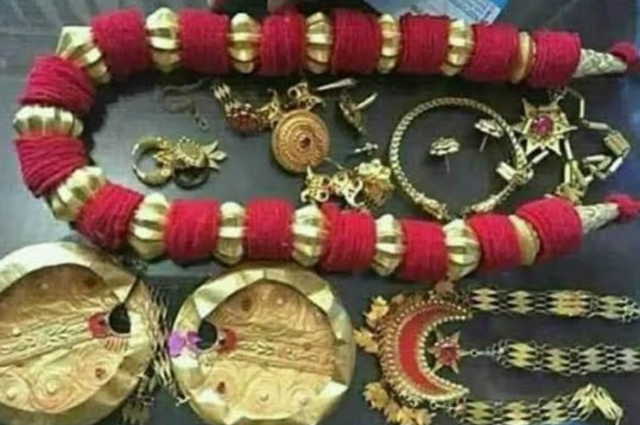
Chandrahaara (silver necklace):
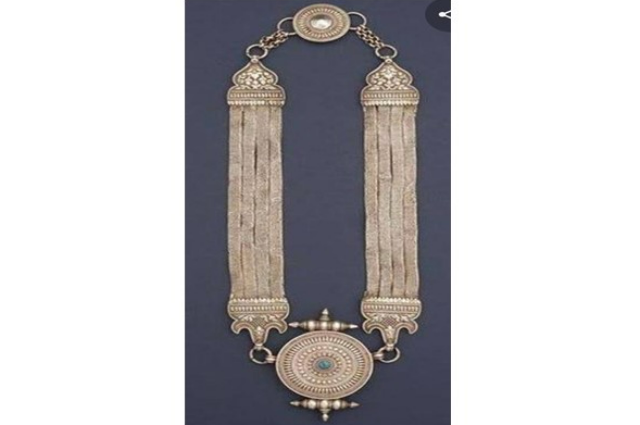
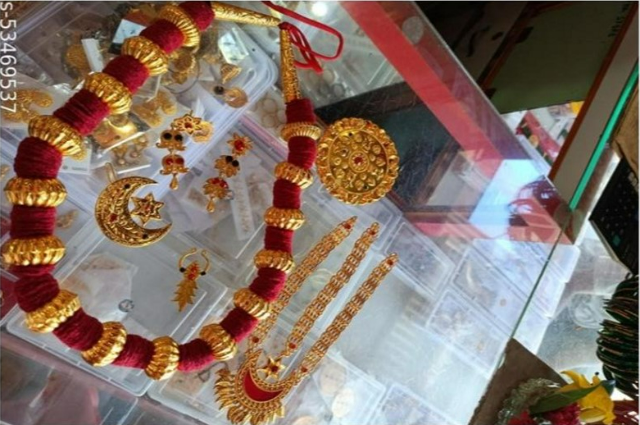

- Samyangfung: gold flower (it represents the sun).
- Nessey: gold earrings
- Namloyee or yogakpa (chandrahaara)
- Laskari: line of small gold earrings
- Yangychi or Reji: silver coins necklace
- Sesephung(Bright flower): it is worn on a forehead piece with a coral moon.
- Yarling: it is lotus bud-shaped earrings.
- Pongwari/ Kantha: it is with golden beads and red felt.
- Hukpangi: it is a type of silver bangle with glass stone ( it symbolizes engagement / married women)
- Swagep: gold finger ring
- Naugedi
- Dungri
- Mundri
- Marwadi
- Gadawari
- Kandungri
- Joon: like a gold half moon
- Chimpti: gold hair pin
- Langbangi: silver bangle(anklets) for ankle.
- Hukpangi: Chholane/ Kade chura/Katuwa (gold and silver bangle)
Limbu women:
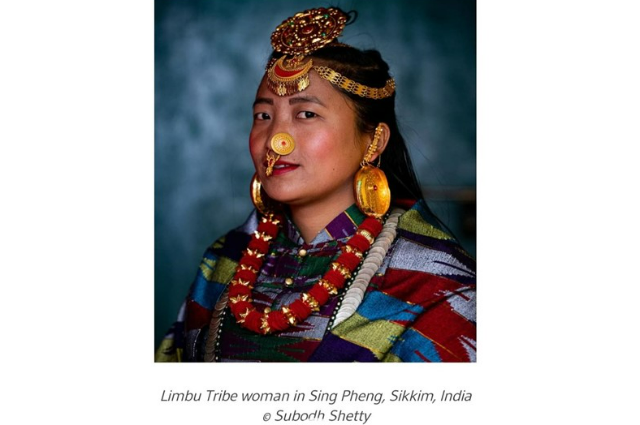
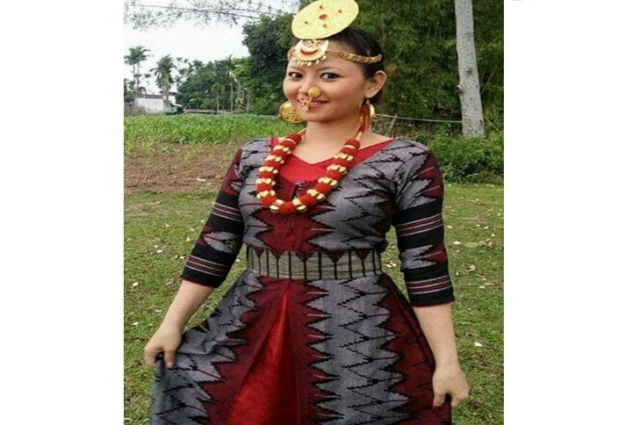
Source: Wikipedia
Limbu girl along with costume
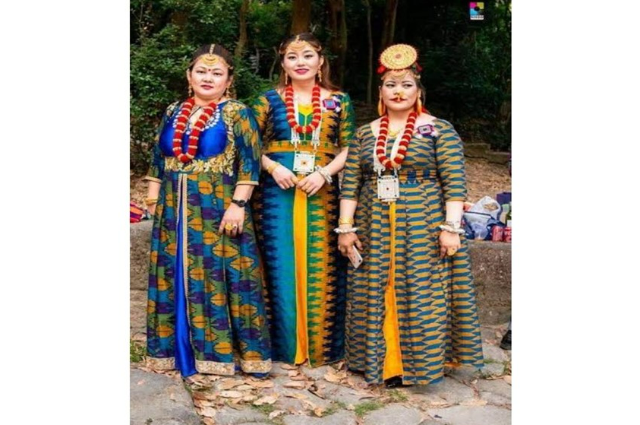
Source: Wikipedia
Different colours of dhaka dress
Name of Limbu traditional women's dress:
- Mekhli / choubandi choli
- Sardokpa
- Dhaka saree and Dhaka blouse
- Dhaka shawl
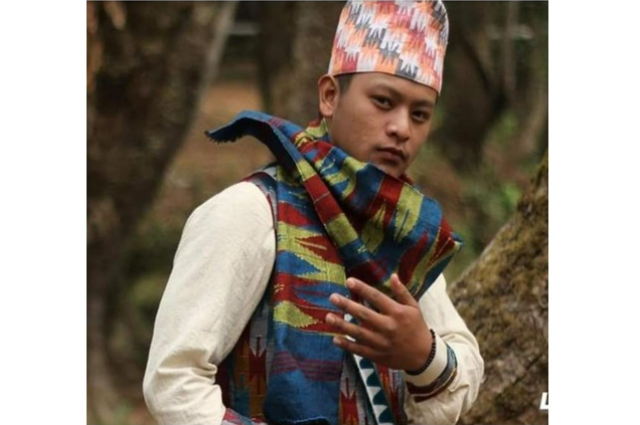
Source: Facebook
Limbu boy in attaire
Name of traditional Limbu male dress:
- Paga: Dhaka topi / cap
- Ningkheng: Dhaka Scarves / muffler
- Sandokpa: Upper body dress
- Sungrehba: like a coat upper body dress.
- Lapetta and Pagappa: an upper body dress.
- Paohao: main body dress
- Hangchang: an upper body dress for the royal family.
- Hangpen: a lower body dress for the royal family.
Limbu Dhaka is the ethnic traditional fabric of the Limbu which is woven in geometric patterns in a handloom. The art of making Dhaka is taught from one generation to another generation.
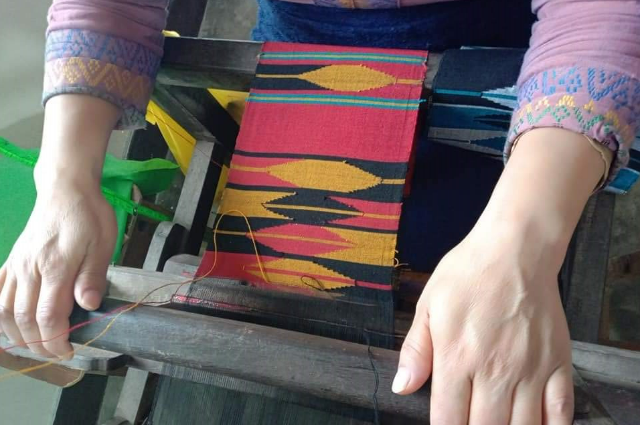

. . .
Discus
